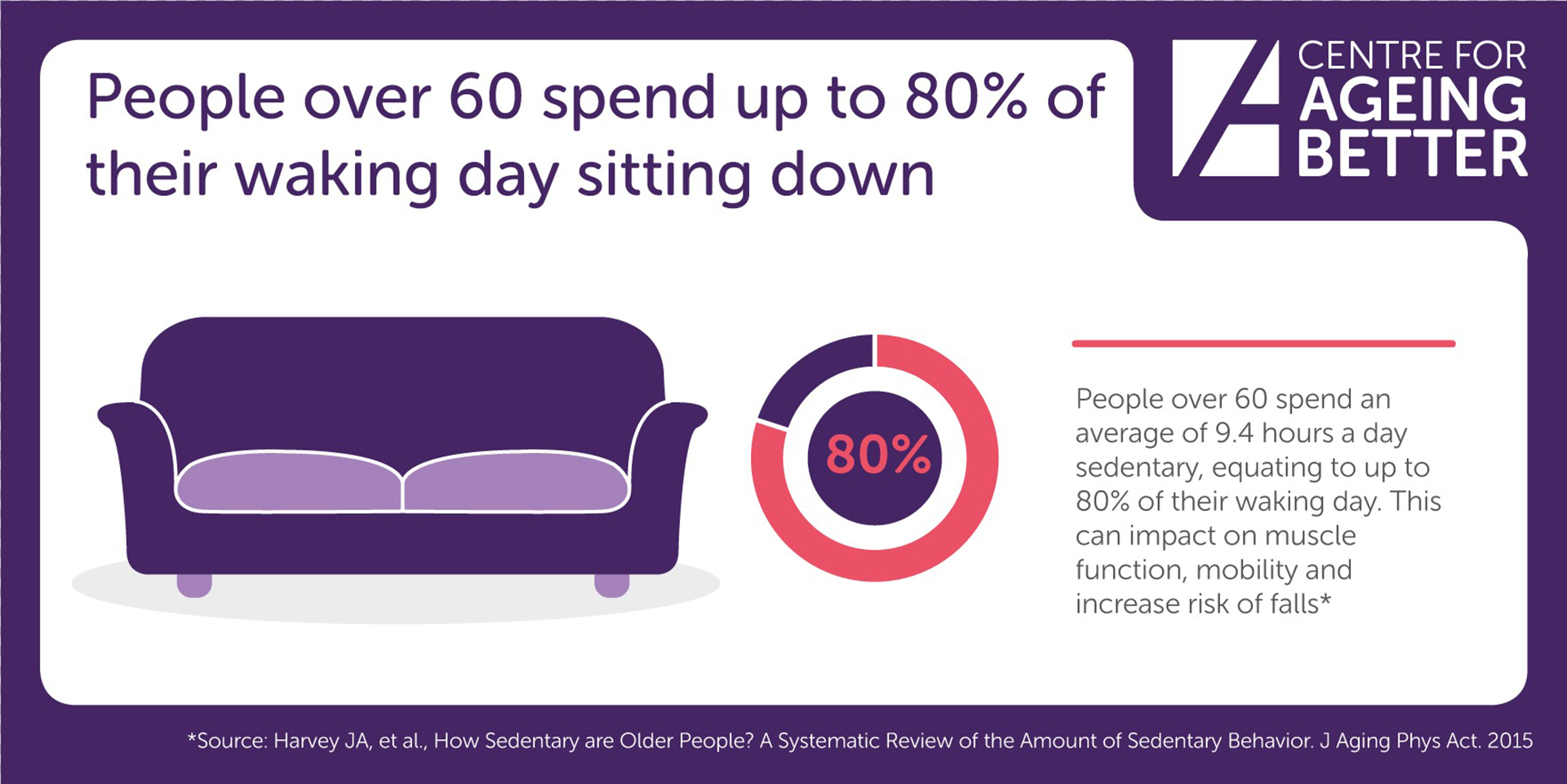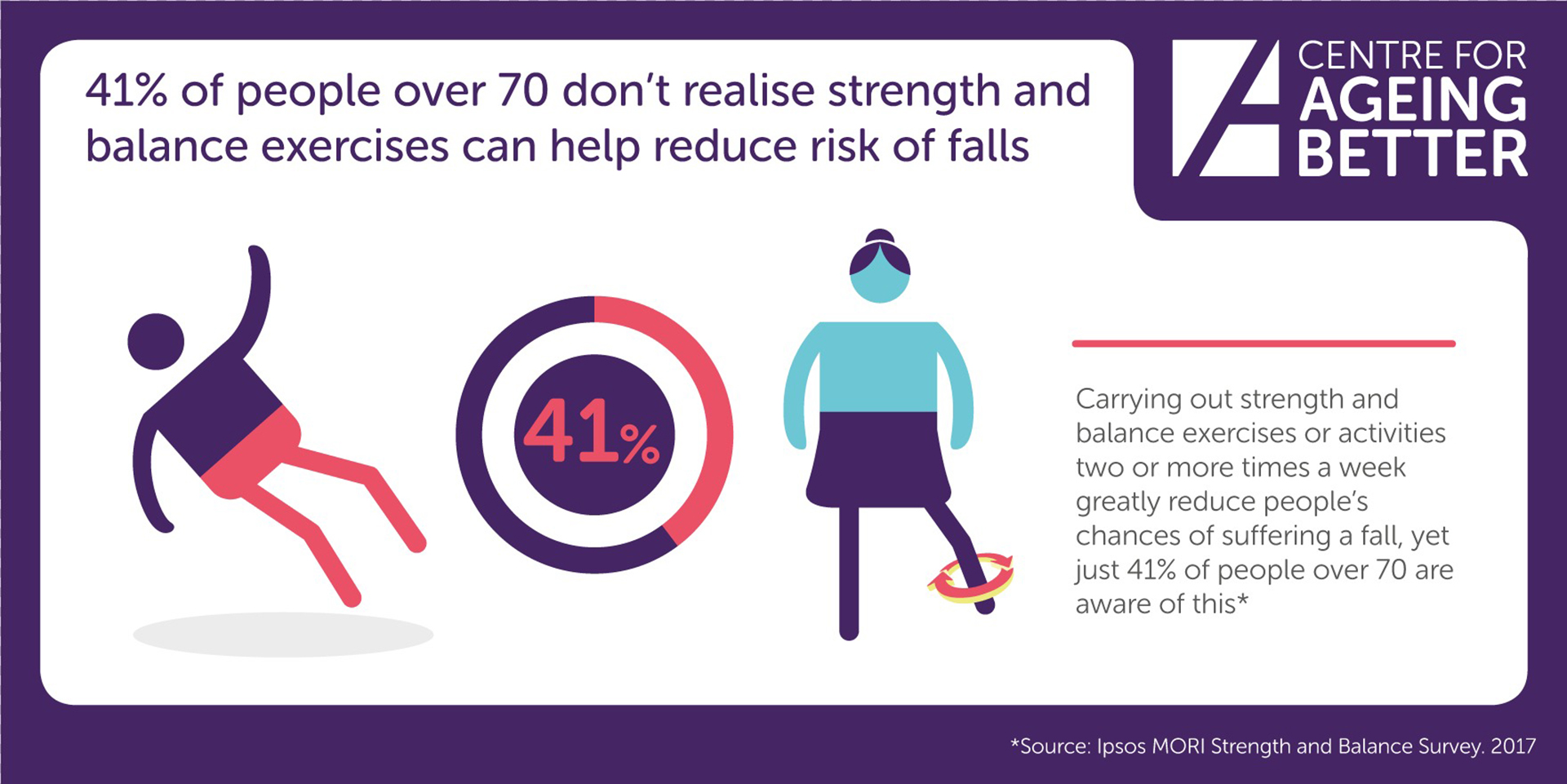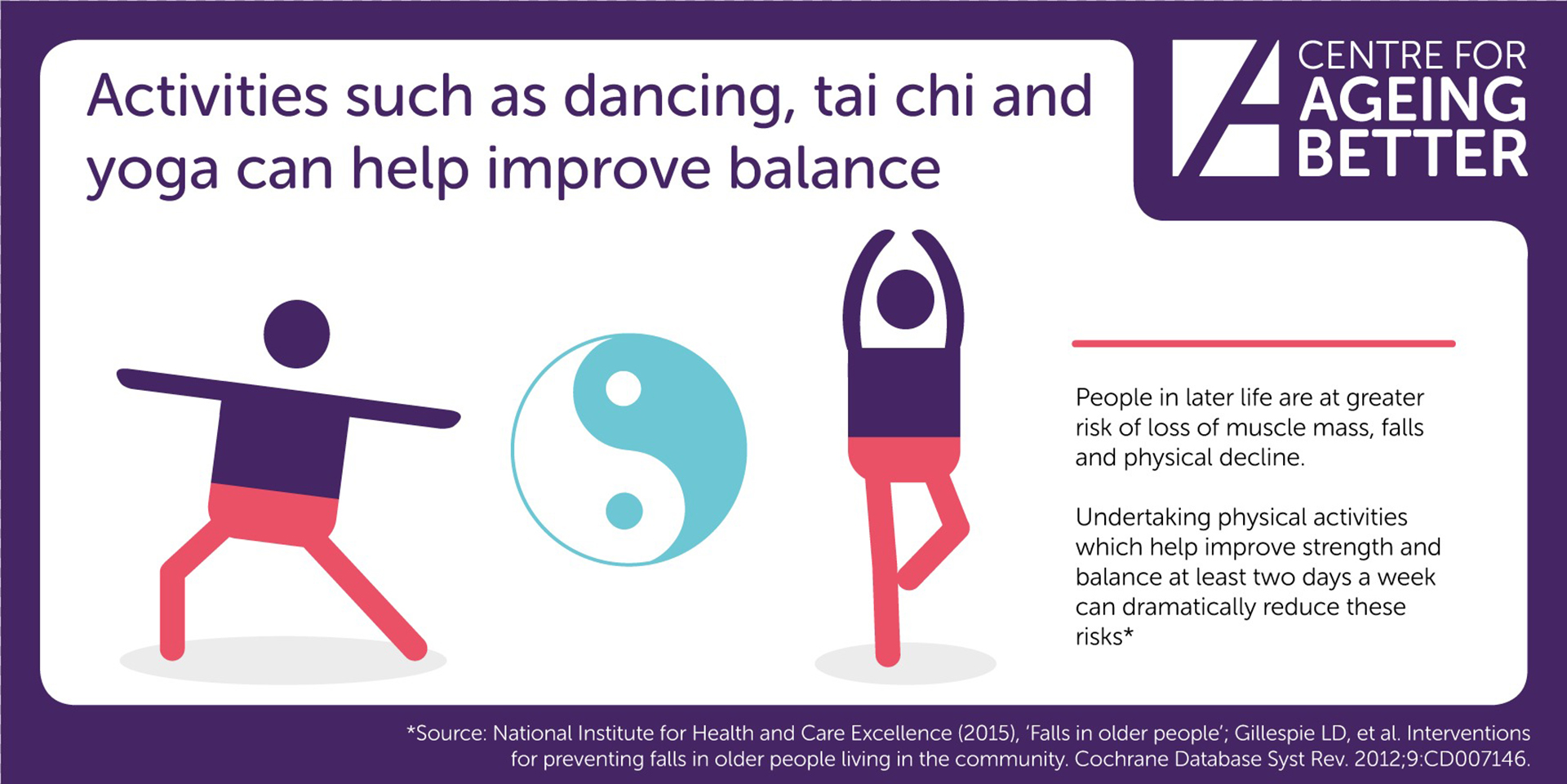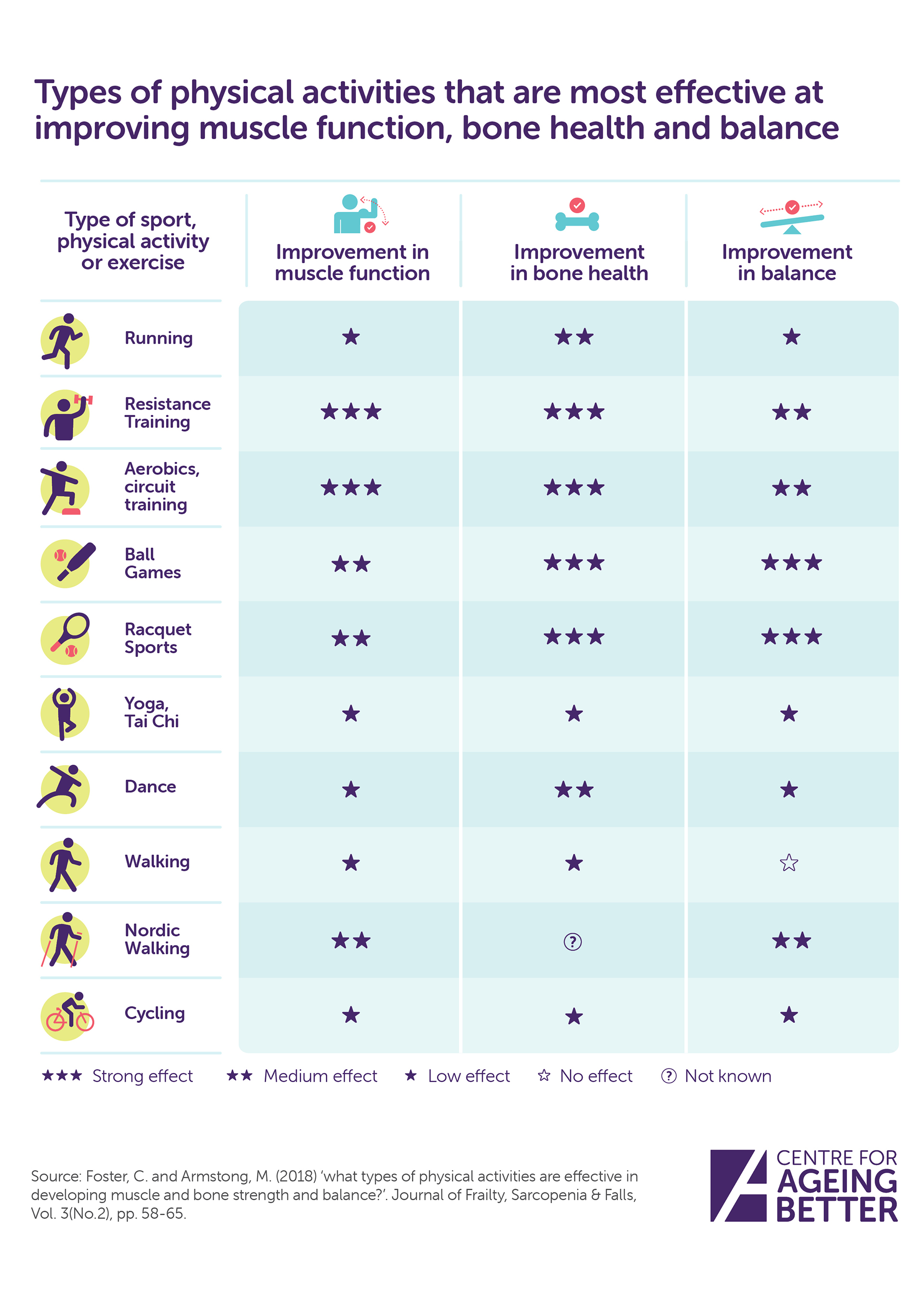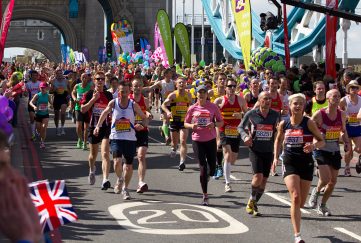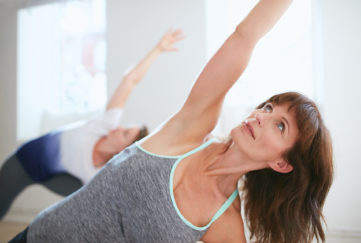Sit Less And Move More Often To Live Longer!
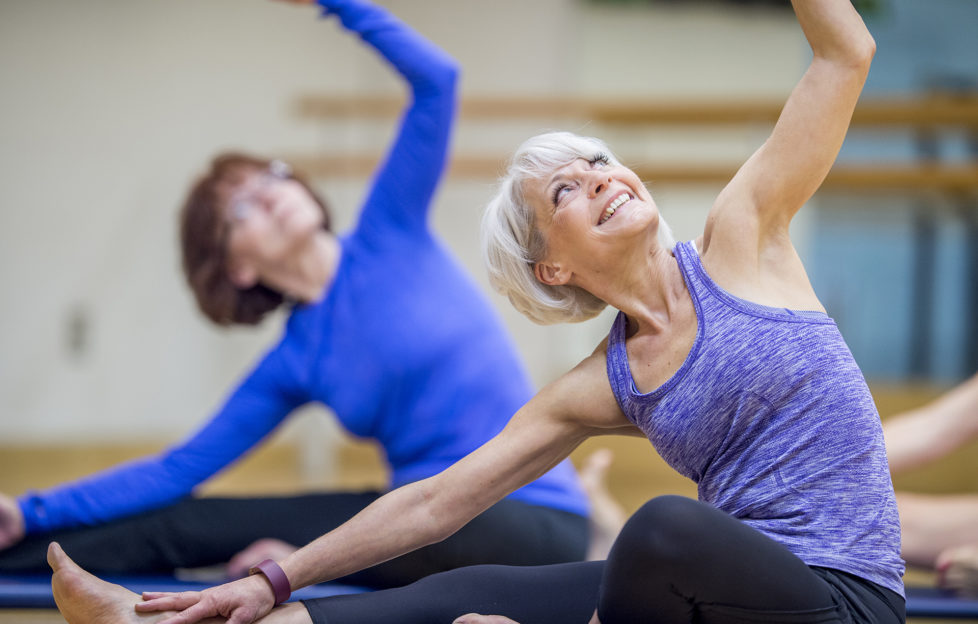
“If we want to be healthy and independent when we grow older, we need to do much more in our 40s and 50s. As well as aerobic exercise like taking brisk walks, cycling or swimming, we also need to be boosting the strength in our muscles and bones and improving our balance. It’s not just about adding years to our life, it’s about adding life to our years and increasing the time that we stay fit, healthy and free from long-term health conditions or disability. From badminton to yoga, and dancing to tai chi, many forms of movement can help keep us healthier for longer.”
Jess Kuehne, Senior Programme Manager (Healthy Ageing), Centre for Ageing Better.
Sitting less and moving more often is associated with a lower risk of early death in middle aged and older people, according to scientists. A new study, featured in the BMJ, shows that sitting for nine and a half hours or more a day, excluding sleeping time, is associated with an increased risk of death. Previous studies have repeatedly suggested that sedentary behaviour is bad and physical activity is good for health and long life. Researchers led by Professor Ulf Ekelund at the Norwegian School of Sport Sciences in Oslo explored this further by analysing observational studies assessing physical activity and sedentary time with death. Studies used accelerometers, a wearable device that tracks the volume and intensity of activity during waking hours, to measure total activity in counts per minute (cpm) of wear time. Intensity is usually separated into light, moderate and vigorous and the time in these intensities is then estimated. Examples of light intensity activity includes walking slowly or light tasks such as cooking or washing dishes.
Moderate activity includes brisk walking, vacuuming or mowing the lawn, while vigorous activity includes jogging, carrying heavy loads or digging. Data from eight high quality studies involving 36,383 adults aged at least 40 years (average age 62) were included. Activity levels were categorised into quarters, from least to most active, and participants were tracked for an average of 5.8 years. During follow-up, 2149 (5.9%) participants died. After adjusting for potentially influential factors, the researchers found that any level of physical activity, regardless of intensity, was associated with a substantially lower risk of death. Deaths fell steeply as total activity increased up to a plateau at 300cpm.
Researchers say their results provide important data for informing public health recommendations, and suggest that the public health message might simply be “sit less and move more and more often”.

